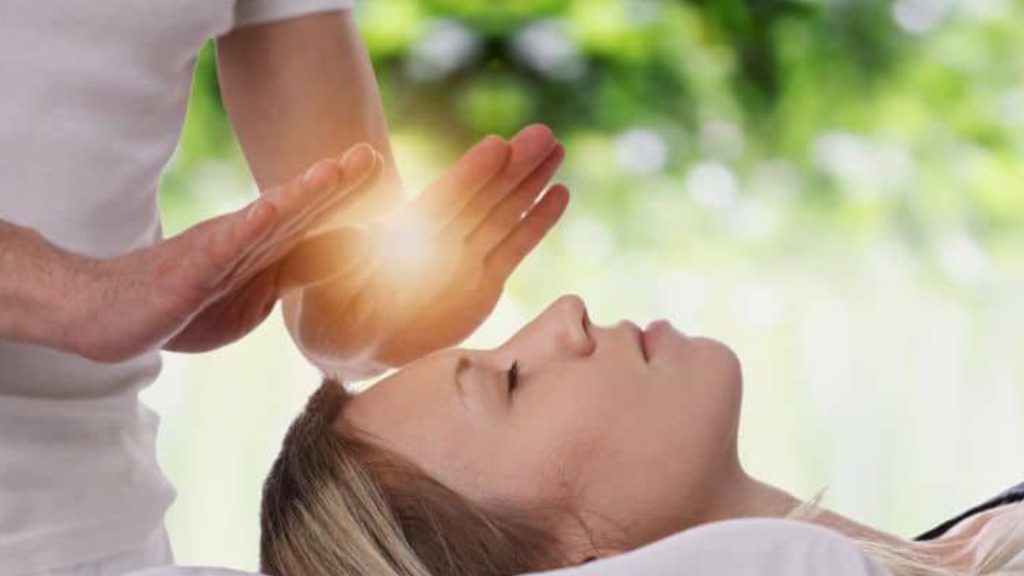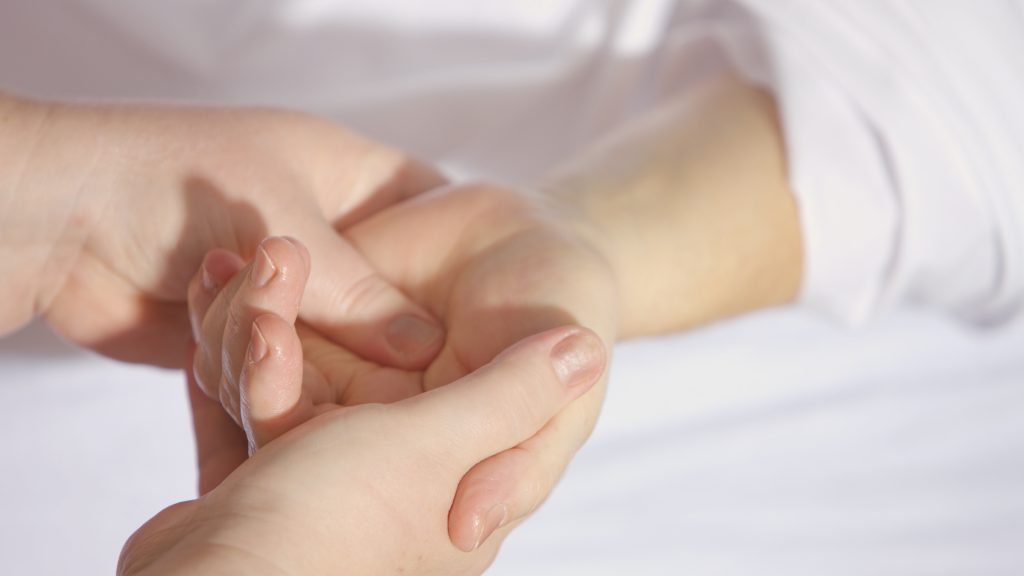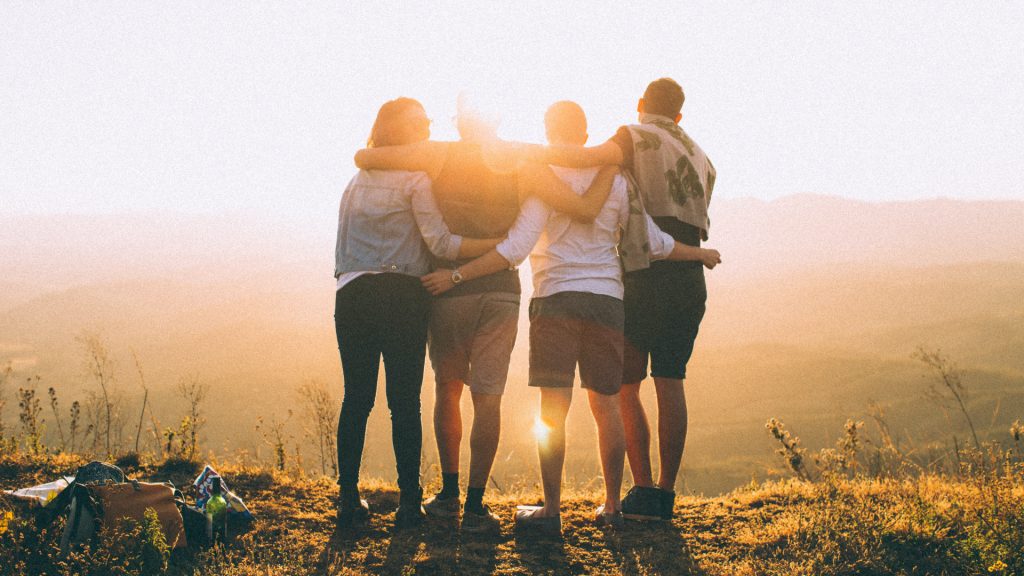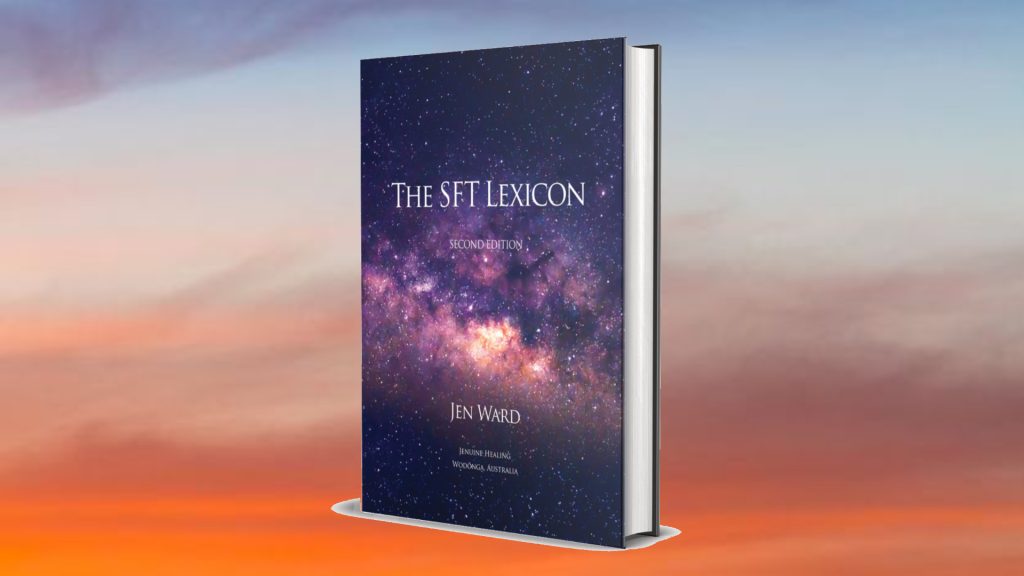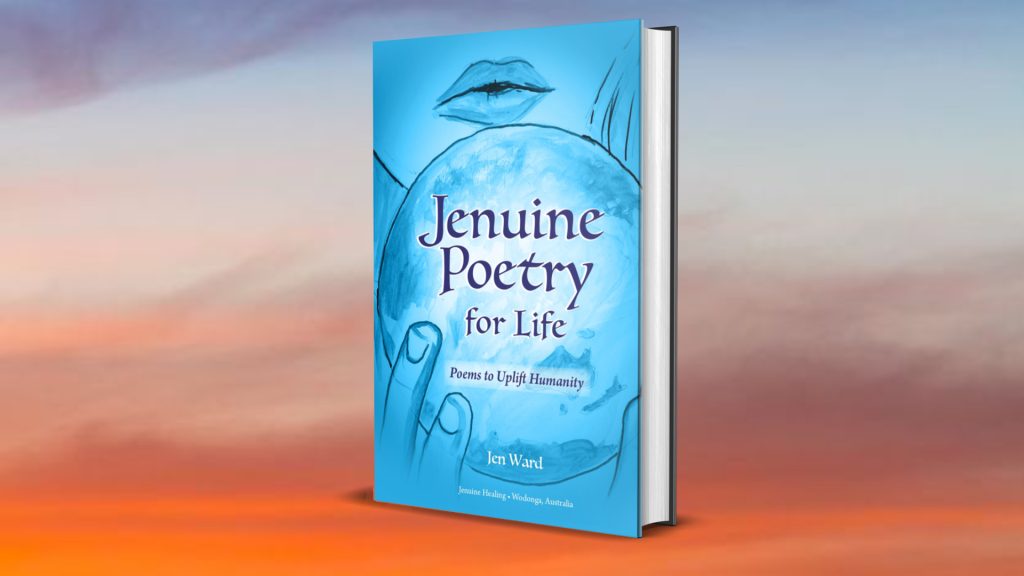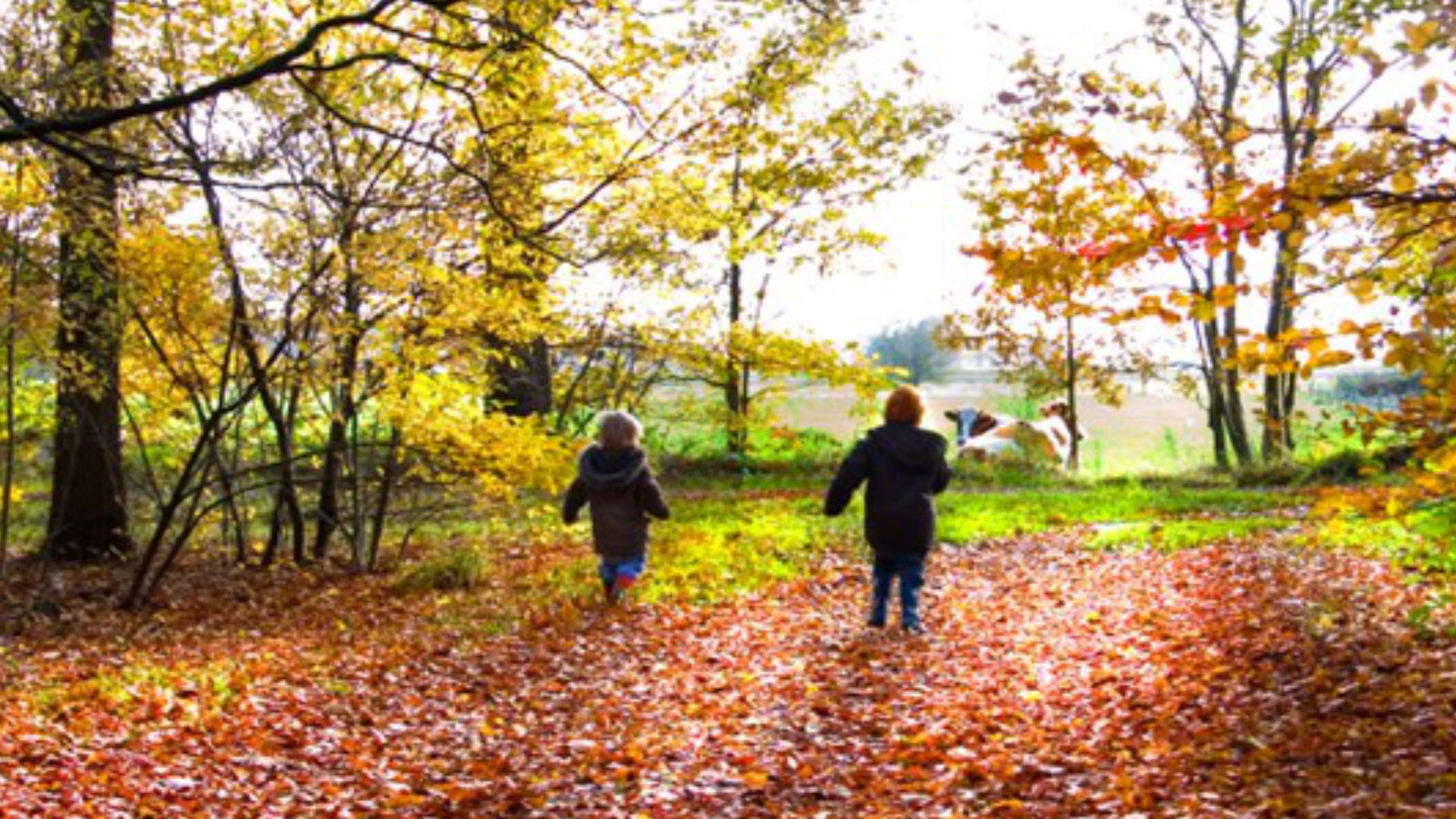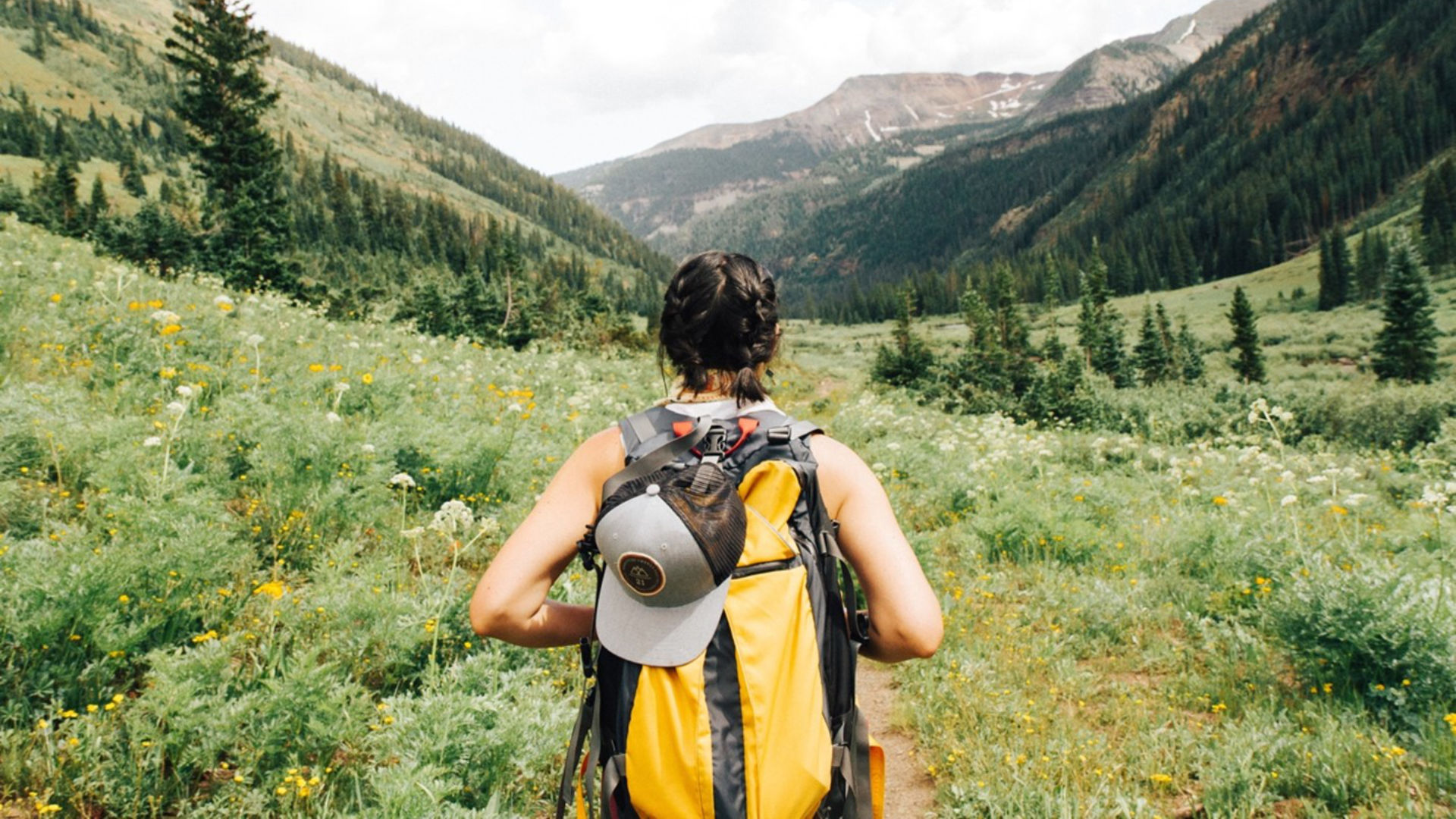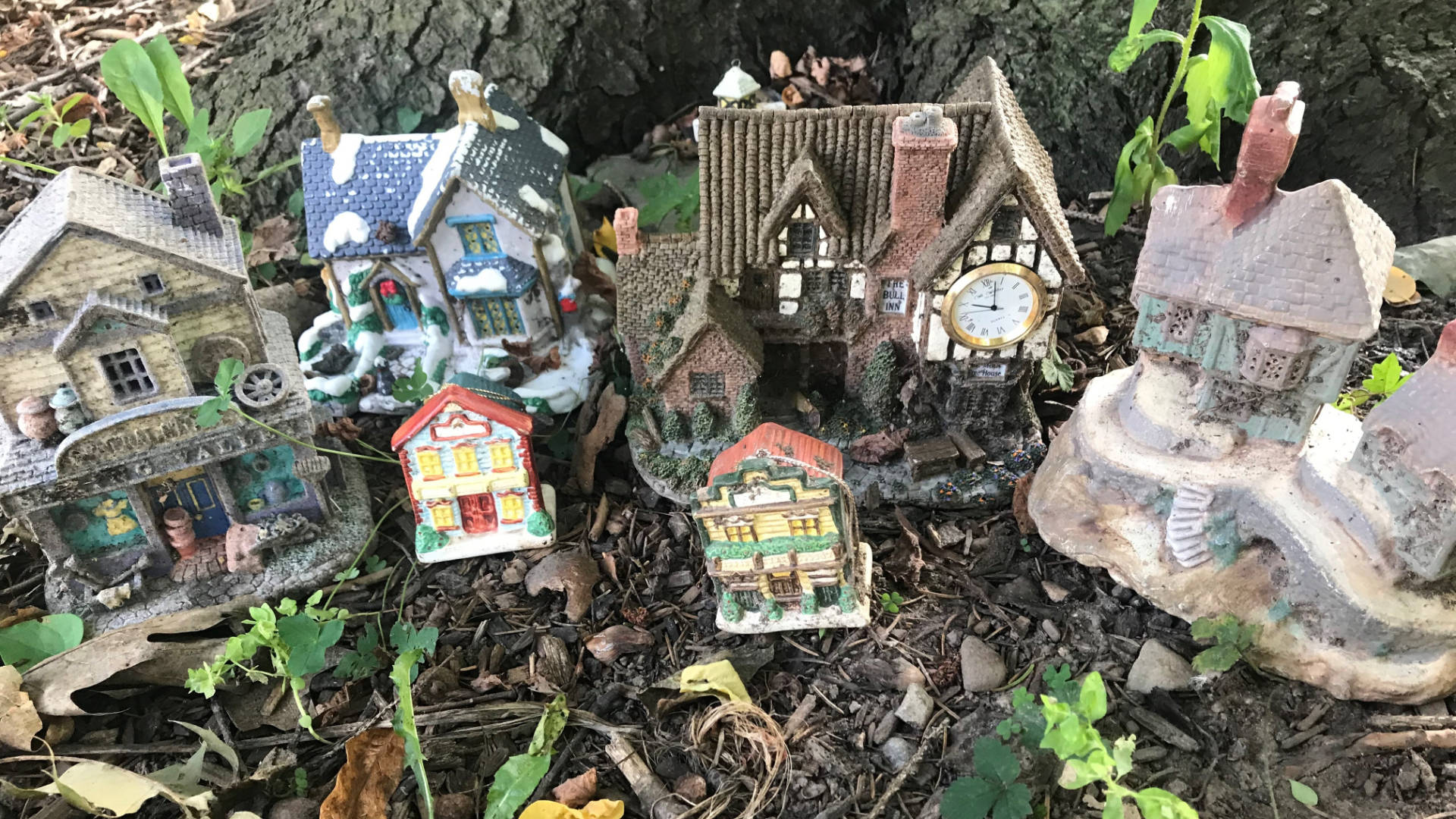When I was a kid, I learned a lot about a person by playing sports with them. A person could be kind off the tennis court but turn into a conspiring cut throat when it came to keeping score, even employ bullying tactics to win a game. On the other hand, if they were cold off the court, they could turn out to be fair and kind on the court.
Observations from sports and teaching
I struggled with my own version of good sportsmanship as well. Learning to win matches and not apologize for it was as important a lesson as learning to lose gracefully. When I could separate ego or winning from the love of the sport and play each point in the moment, it felt like the sport had become an art and I was in some sort of flow.
When I became a teacher later, I learned from watching others I worked with. How did they prepare for their classes and use curriculum? Did they collaborate and try new things or get disillusioned by the work and classroom management issues?
There was a small number of teachers that were sticking it out for retirement pay, but 90 percent of them where I worked at a community college loved the art and science of teaching, and they loved their students. These dedicated teachers hung in there for those lightbulb moments with their students when they witnessed a student grow in understanding either through someone else or the student’s self-discovery.
We teachers lived for those moments.
Mentors and modeling integrity
As a teacher, I had more success when I was creative with curriculum and was authentic. I learned to admit not knowing everything or to getting things wrong when I messed up the lesson. It was more effective than the cover up. A sense of humor helped, too.
I had the good fortune to work with amazing colleagues when I was a full-time professor at Northern Virginia Community college. Many of the professors who had been there longer than me listened to my struggles, generously shared their materials, and gave me space to experiment in my own unique style to discover what worked. They facilitated my growth as a teacher.
Other teachers I watched from a distance, respectful at what I saw. One such professor I got to work alongside with was Jill Biden. At the time she was the “Second Lady” as well as “Professor Biden.” We both taught developmental English but my focus was on non-native English speakers and hers was on native English speakers.
The First (and Second) Lady as role model
I marveled at how even with her status and responsibilities as Second Lady, she had a full load of classes which meant grading 75 essays and tests each week and planning curriculum for 15 credit hours. How did she find time to grade these essays? It’s not like community college teachers had teaching assistants. And how did she teach full time to adults who were diverse in their learning styles while tending to her official duties?

And if there is one thing about teaching, you can’t be a phony and you can’t phone it in. At least not for very long. You’ve got anywhere from 10-23 adult students eyeing you daily, keeping tabs on you.
She had to be dedicated to the work and to her students. Classes didn’t get canceled because of her other job. Students enjoyed her classes. And she seemed compelled to do this work to stay in balance.
Interacting with her, I saw how she never put herself above the work or the students or her colleagues. I saw her form a mentor program for young women who needed role models to be successful in college.
There was something profound about the Second Lady, now First Lady needing to work and give back to others in the classroom in this way. It’s profound for anyone doing something in service for another as it taps into our essence that is greater than the little self. That part of us beyond the mind and beyond time. The ripples created from acting out of love can be felt by others in the shared waters of consciousness. You know when you are tapping into it. It’s a flow where the ego has rescinded and something bigger takes over. It can happen in a classroom or the woods or the hospital—anywhere you are in service to something greater than mind or ego.
The reward of this type of work flow is intrinsic. The joy comes in the act itself. Not from anything anyone says, or titles or nice clothes (though I have nothing against those benefits).
The results of hard work and dedicated teaching can create an inspired pool of citizens. But there are intangible results, too. The intangible results of hard work in service to others flows through a person on an energetic level and ripples out to the rest of humanity uplifting others in its wake.
I’ve been to the Vice President’s house for lunch and played catch with their former dog, Champ. And I was impressed by Champ, don’t get me wrong. It was one of the highlights of visiting the Vice President’s residence. But Dr. Biden impressed me in how she prioritized the importance of working to help others. She didn’t need to teach. She had to teach. She still does to this day.
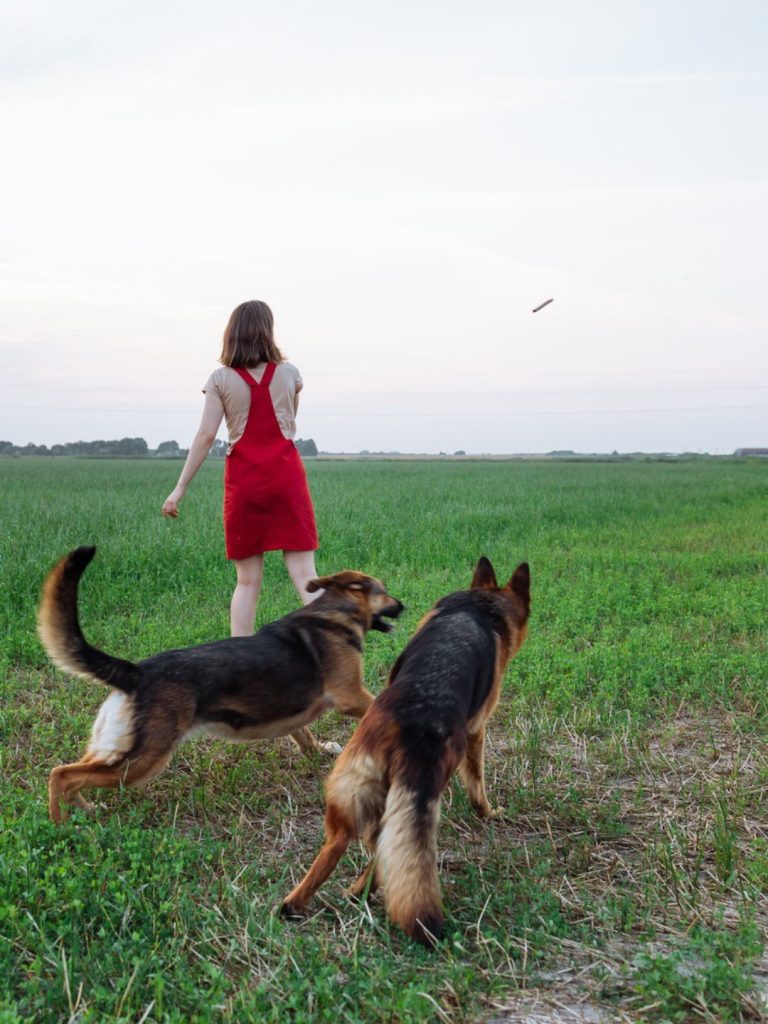
Using your talents to change the world
It matters how we use our potential. We are being tested individually and collectively on a global scale as we experience internal conflicts and global strife. We are being asked to find ways to live together in peace and in a way that preserves and protects the planet. Are we going to fall back into apathy or use our creativity in the honest work of service to others?
We can model the integrity we want to see in others. And leaders like Jill Biden do. We can value the intrinsic reward of work and service to life in all its forms.
It is encouraging to me that we have a First Lady who is a great teacher. A teacher dedicated to her work not just in words but in actions. Someone who takes five-paragraph essays to read on overseas trips when she could be taking vacations and getting her ego puffed up by White House social events. Instead, she chooses to help teenagers and young adults express their unique perspectives on current events.
If her husband has learned anything from his life partner, we may have someone in the Oval Office who values service, hard work and creating opportunities for lightbulb moments in others.
One path to internal personal peace and global peace could be cultivating your own gifts in service to uplift others. Tap into that activity, that work that allows you to add your grace into the consciousness of humanity so it can ripple out to others.
We have this potential in us. How will you use it?
